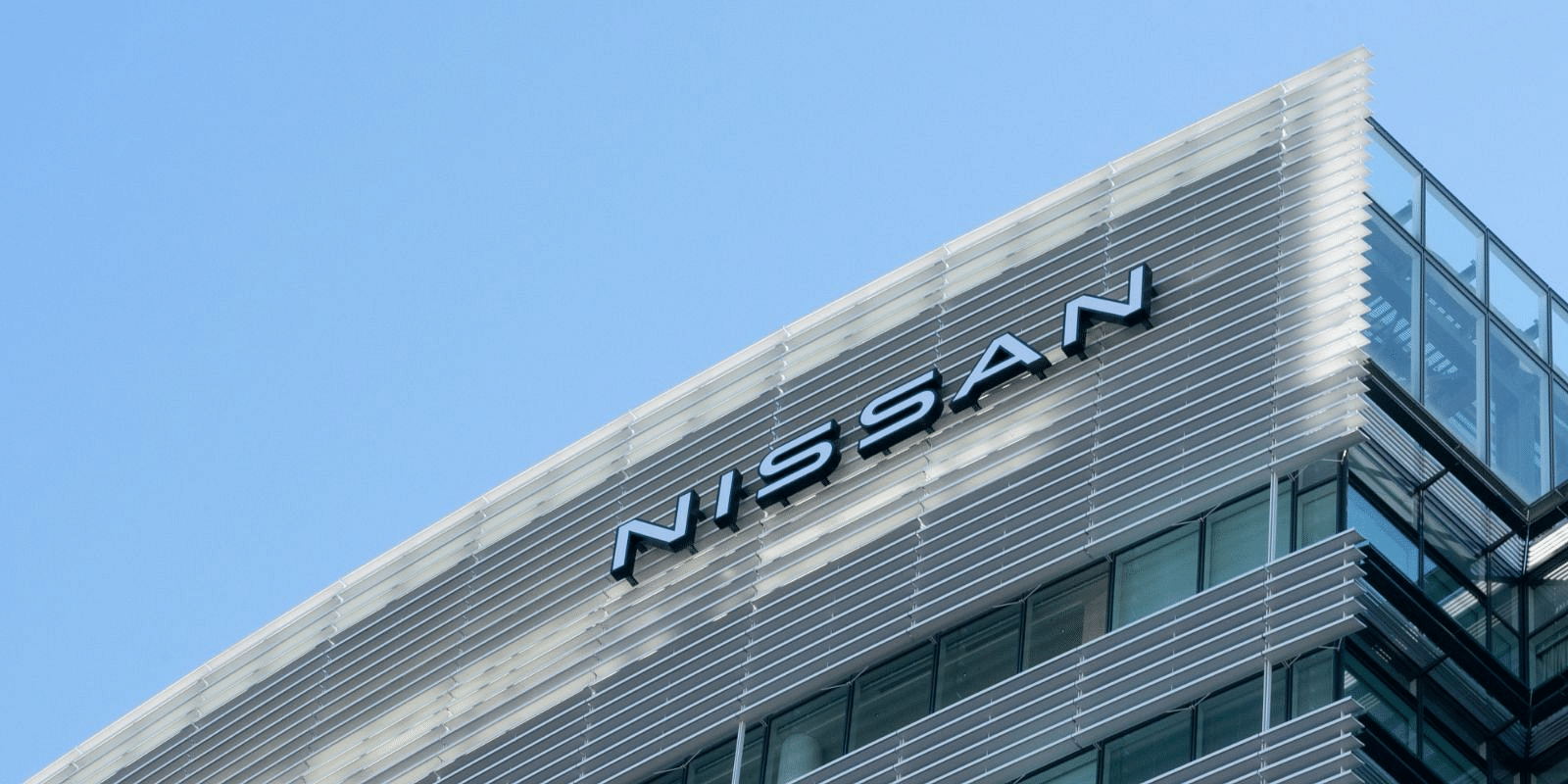Nissan Motor Co. has announced a net loss of ¥671 billion (approximately $4.5 billion) for the fiscal year ending March 2025, marking a significant financial setback for the Japanese automaker. This loss compounds to nearly ¥1.1 trillion over the past two years, prompting the company to implement a comprehensive restructuring strategy aimed at restoring profitability and competitiveness.

Strategic Restructuring Initiatives
Under the leadership of newly appointed CEO Ivan Espinosa, Nissan has announced a series of bold measures to address its financial challenges:
- Workforce Reduction: Approximately 20,000 jobs, or 15% of the global workforce, will be eliminated by fiscal year 2027. This includes 9,000 layoffs previously disclosed, with significant impacts at the Sunderland plant in the UK.
- Manufacturing Overhaul: The company plans to close seven of its 17 production plants, reducing its global manufacturing footprint by nearly half.
- Cost-Cutting Measures: Nissan aims to achieve ¥500 billion ($3.38 billion) in cost savings over two years by streamlining operations, optimizing research and development facilities, and expanding shared services.
- Product Line Simplification: The company intends to simplify its parts lineup by 70% to enhance efficiency and reduce complexity.
Market Challenges and Strategic Focus
Nissan’s financial difficulties are attributed to several factors:
- Declining Sales: The company has experienced a significant drop in vehicle sales, particularly in key markets such as China and the United States.
- Failed Merger Talks: Discussions with Honda to create the world’s third-largest automotive group were called off, leading to a reevaluation of strategic alliances.
- Increased Competition: Rising competition from Chinese electric vehicle manufacturers has intensified pressure on Nissan’s market share.
In response to these challenges, Nissan is focusing on the development and rollout of new energy vehicles (NEVs), including electric and hybrid models, to align with global trends toward sustainability and meet evolving consumer preferences.
Outlook and Future Plans
Nissan’s revised sales forecast for fiscal year 2026 is 3.25 million vehicles, slightly below the previous year’s total. Achieving this target will be challenging amid trade tariffs and declining performance in China. However, the company’s increased cost-cutting measures are expected to allow it to break even at significantly lower sales volumes, providing more flexibility amidst market uncertainties.
CEO Espinosa emphasized the urgency and commitment to reform, stating, “We have a mountain to climb, but we are determined to rebuild Nissan into a leaner, more resilient company.” The success of the “Re:Nissan” recovery strategy will depend on effective execution of these initiatives and the company’s ability to adapt to the rapidly changing automotive landscape.
As Nissan navigates this critical period, the company emphasizes its focus on creating high-performing teams and adapting to the evolving tech landscape. The layoffs, while significant, are part of a broader effort to position the company for sustained success in an increasingly competitive industry.













